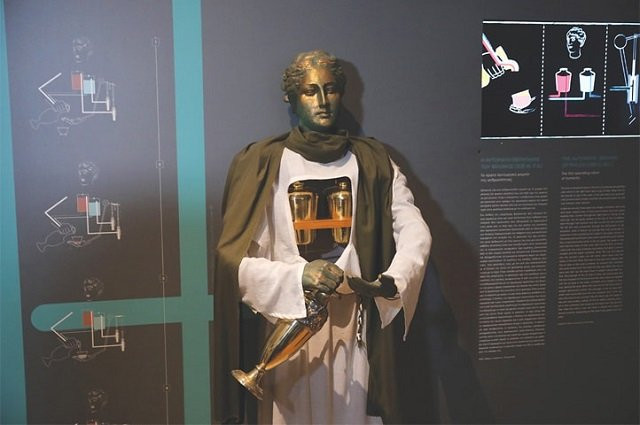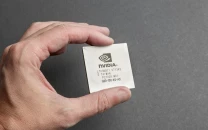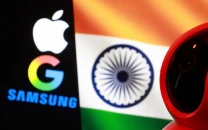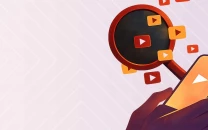Robots, clocks and computers: How Ancient Greeks got there first
The robot is a recreation of the automatic servant of Philon

The automatic servant of Philon from the 3rd century BC, is seen at Kotsanas Museum of Ancient Greek Technology in Athens, Greece February 13, 2020. PHOTO: REUTERS
The robot is a recreation of the automatic servant of Philon, designed more than 2,200 years ago by a Greek engineer and operating through a complex mechanism of springs, weights, and air pressure that also allowed it to dilute the alcohol with water.
It is the focal point of an exhibition of more than 100 inventions that highlight the vast extent of Ancient Greece’s technological legacy and also features an analog computer, an alarm clock and automatic fire doors.
India loses contact with spacecraft on mission to the moon
“By just opening up the hood of a modern car, you will see bolts and nuts, screws, automatic pilots. All of these were just some of the inventions (pioneered)... by the ancient Greeks that were the building blocks of complex technology,” said exhibition director Panagiotis Kotsanas.
The exhibits are explained with audio-visual material and detailed diagrams and many are interactive.
The automatic doors of Heron of Alexandria were considered a miracle of the gods. Installed in a temple, they opened when a fire burned on its altar, to the awe of those spectating.
Viewed as a precursor of the computer, the 2,000-year-old Antikythera mechanism forecast astronomical and calendar events using gears and dials.
Space explorers wanted: NASA seeks the next generation of astronauts
The philosopher Plato’s alarm clock used a hydraulic system of ceramic jugs filled with water to ‘ring’ with a chirping sound at the desired time.
Other recreations include Polybolos, a repeating catapult capable of launching arrows in succession, examples of cryptography to send coded messages in times of war, and the Pyoulkos, a syringe used for injections and to remove pus.
The exhibition is on permanent display at the Kotsanas Museum of Ancient Greek Technology in central Athens.



















COMMENTS
Comments are moderated and generally will be posted if they are on-topic and not abusive.
For more information, please see our Comments FAQ